The streaming landscape is hitting a crossroads no one wanted to admit was coming, except maybe everyone who is tired of juggling five different apps just to watch TV. The great cable-cutting revolution looped us back to the problem we tried to escape: too many bills, too much hassle, and way too much time spent figuring out what to watch where.
Here is the twist. While we complained about subscription overload, a wave of alternatives quietly showed up with a different playbook. Services like BitMar take aggregation to its logical endpoint. They act like specialized search engines that find free content already available online, sparing you the sketchy site safari. The hook is not just the tech, it is the price model, permanent access to millions of channels and content for a one-time payment of $19.99 as promotional offer, down from a regular $150 price, Mashable reports.
Meanwhile, Apollo TV pitches itself as a full-scale IPTV solution with encrypted access to over 90,000 live channels and 130,000-plus on-demand titles through a lifetime plan. That is not a tweak to the subscription model. It is a rejection of recurring monthly payments in favor of permanent ownership.
What makes these lifetime deals so compelling?
The numbers say more than any pitch, and they explain why these alternatives are catching on beyond pure cost savings. Consumers are worn out by multiple streaming bills, with only 52% now subscribing to three or more major services, down from 61% the previous year, Señal News notes. That is not fatigue, that is pushback against a system that promised simplicity and delivered complexity.
BitMar tackles this head-on by operating through Microsoft's Bing search engine and focusing on finding free streaming content through a friendly interface. Instead of adding another subscription, it becomes a gateway to content that already exists on the open web. The service stays within copyright law by directing users to content already available online, while solving the discovery problem that turns finding quality free content into a chore.
The real trick is curation. BitMar filters out low-quality sources to deliver ad-free viewing experiences. No more dodging pop-ups and mystery clickers just to watch a clip.
How do these services actually work?
The tech behind these lifetime options is more serious than the term alternative suggests. Apollo TV runs through a dedicated app that works on most major devices, and it requires Bitcoin payments to cut fraud and add security. Crypto only might sound like a hoop, yet here it reads as a safety feature.
Set up mirrors that mindset. After payment confirmation, users receive personal login credentials, app download links, and installation instructions for various platforms. Streaming can run across multiple devices from different locations at the same time, the kind of flexibility that traditional services often limit or upsell.
Under the hood, Apollo TV uses globally distributed cloud servers tuned for speed and resolution up to 8K. Not a janky workaround. A full-blown platform with a different economics.
Are these alternatives actually legal and safe?
This is the big question. BitMar keeps things clean by only locating content that is already public online. Think search engine, but with tighter filters and a narrower scope.
Apollo TV lives in what is described as a legal gray area, though accessing it through the official site is considered safe and legal. The service recommends VPN usage for privacy, encrypted traffic, and to bypass regional restrictions. Privacy, not sketchiness, as a product feature.
Both services hammer a similar point: use official websites to avoid scams and fraudulent resellers. Not fly-by-night operations, but companies trying to build durable models around alternative access.
Why is the industry moving toward aggregation?
Aggregation is not a fad; it is the industry admitting the fragmented model has hit a wall. Experts describe a shift to super aggregation as a response to the frustration of bouncing between services. Choice turned into homework.
Subscription stacking has plateaued; the average sits at four services in the US and just over two in Europe, according to Deloitte. The ceiling is here. If consumers will not add more separate relationships, growth must come from consolidation rather than multiplication.
So platforms are racing to build one-stop hubs where switching between sources fades into the background. Convenience beats sheer volume of options. Package deals now drive new sign-ups and even beat exclusive content as a motivator.
We have been here before. Cable learned decades ago that people want everything in one place, with one bill, and minimal hassle. The modern twist promises that convenience without the rigid bundles and sticker shock that sent viewers running from cable in the first place.
The bigger picture: What this means for streaming's future
These lifetime alternatives are not just about saving a buck; they point to a shift in how we think about ownership versus access. The monthly subscription machine is showing real cracks; churn hit 40% in 2023, and serial churners cancel services multiple times a year. That is not mere dissatisfaction. That is a business relationship turning adversarial.
Demand for unified solutions is loud. Nearly three-quarters of consumers find centralized access attractive, and 24% say they are likely to sign up for such unified services. Less decision fatigue, more watching.
The message for 2025 is clear: winners will erase friction between people and the stuff they want to watch. Whether that happens through industry bundles, search engines like BitMar, or lifetime IPTV plays like Apollo TV, the direction is hard to miss.
Maybe these specific lifetime deals are the future. Maybe they are a stepping stone. Either way, they address real pain around cost, complexity, and control. As the industry consolidates around aggregation, we could be seeing the early shape of streaming's next big turn, one that circles back to the simplicity cord-cutters wanted in the first place.
The irony stings a little. We ditched cable to escape bundles and bloated bills, and ended up stacking subscriptions that sometimes cost more than cable ever did. Lifetime alternatives might not be perfect, but they signal a market searching for a better path. In a business built on recurring revenue, the simple existence of lifetime models suggests viewers are ready for a different relationship with entertainment, one that feels more like ownership than an endless meter running.




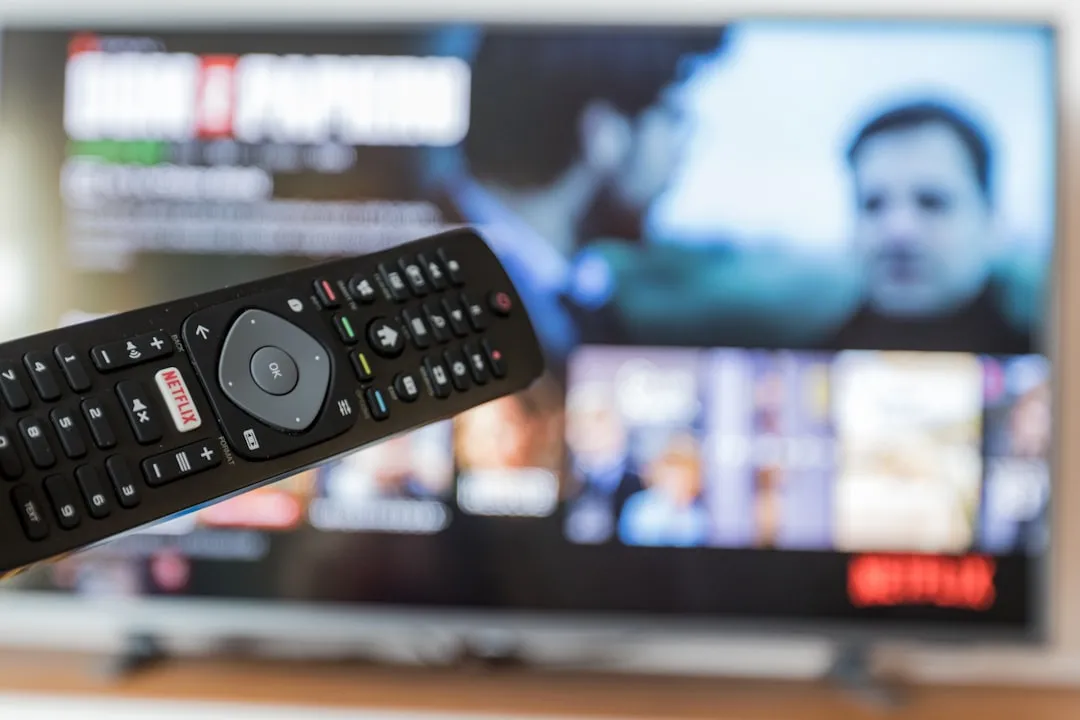


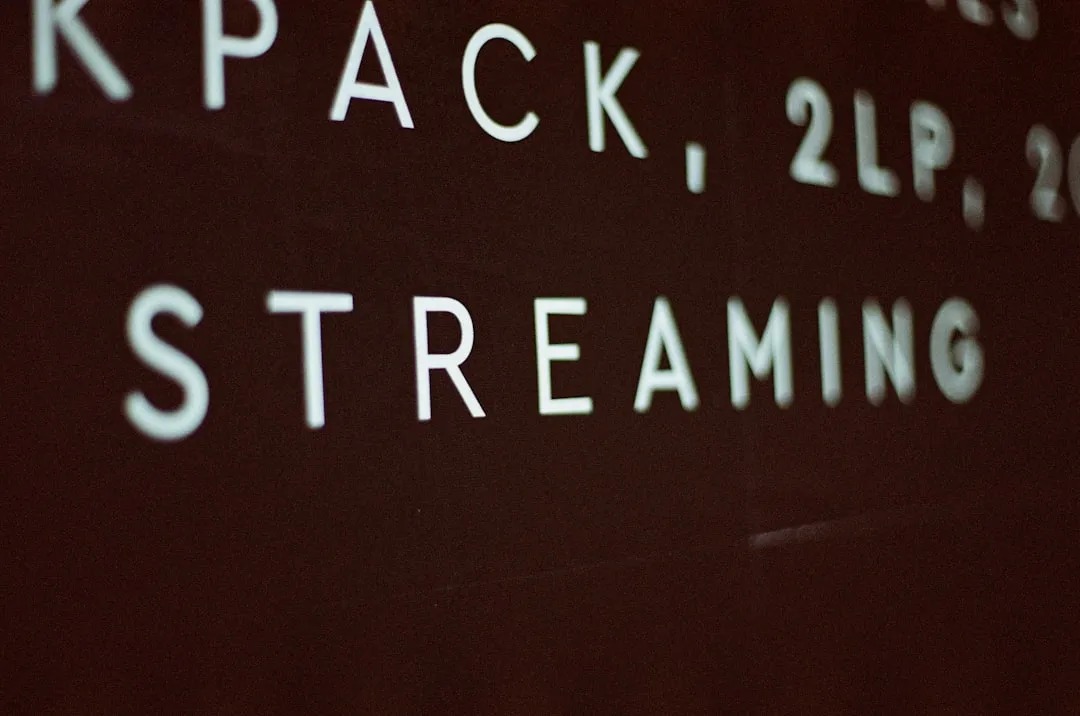

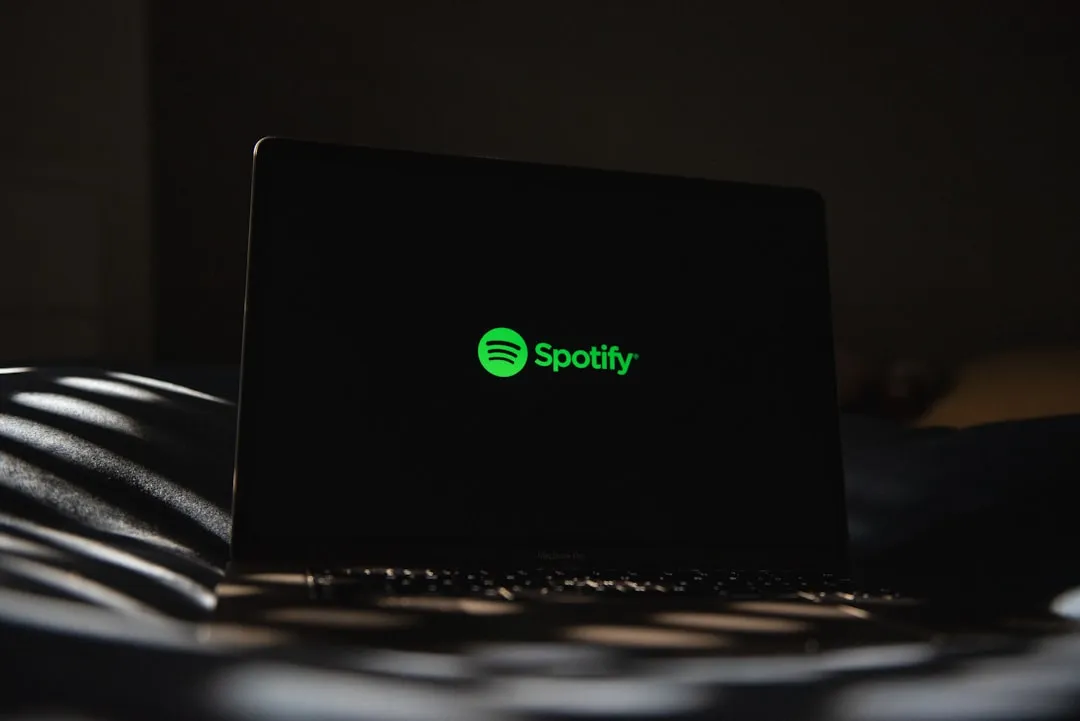


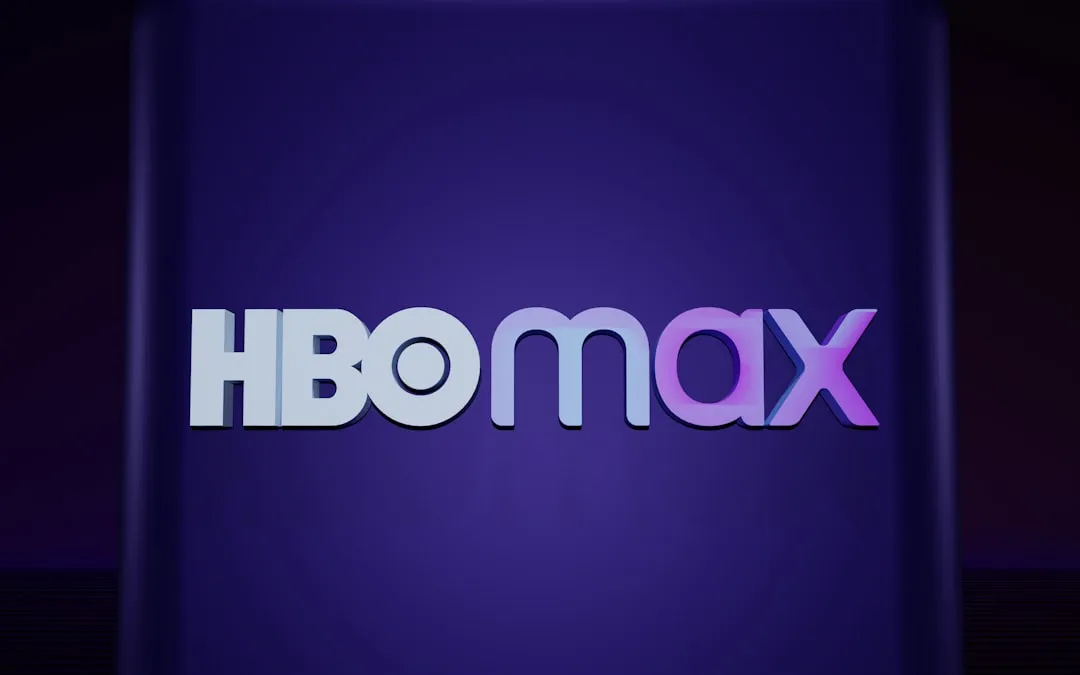

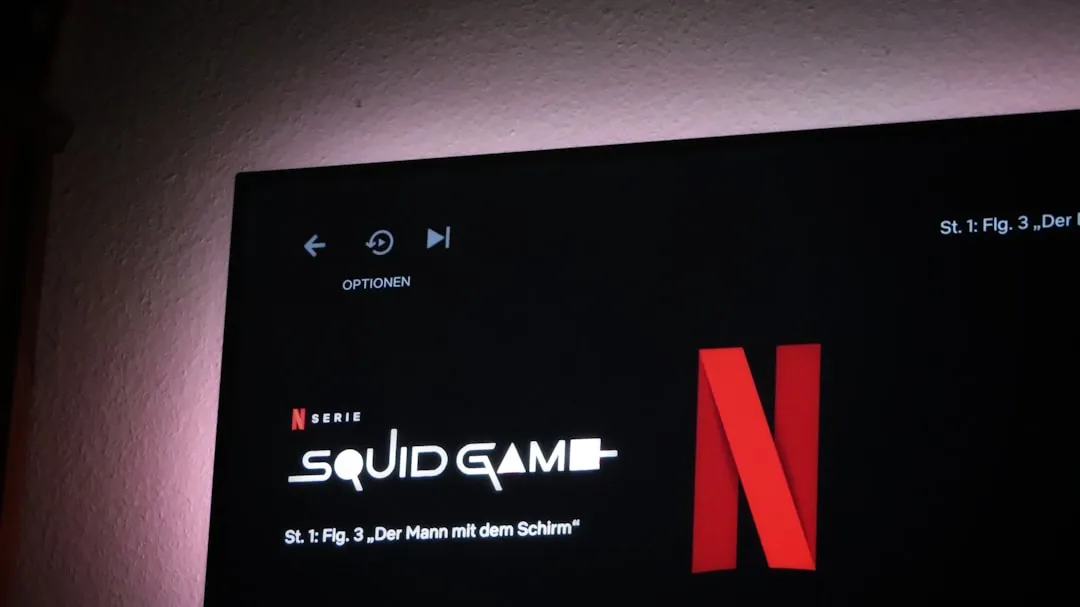
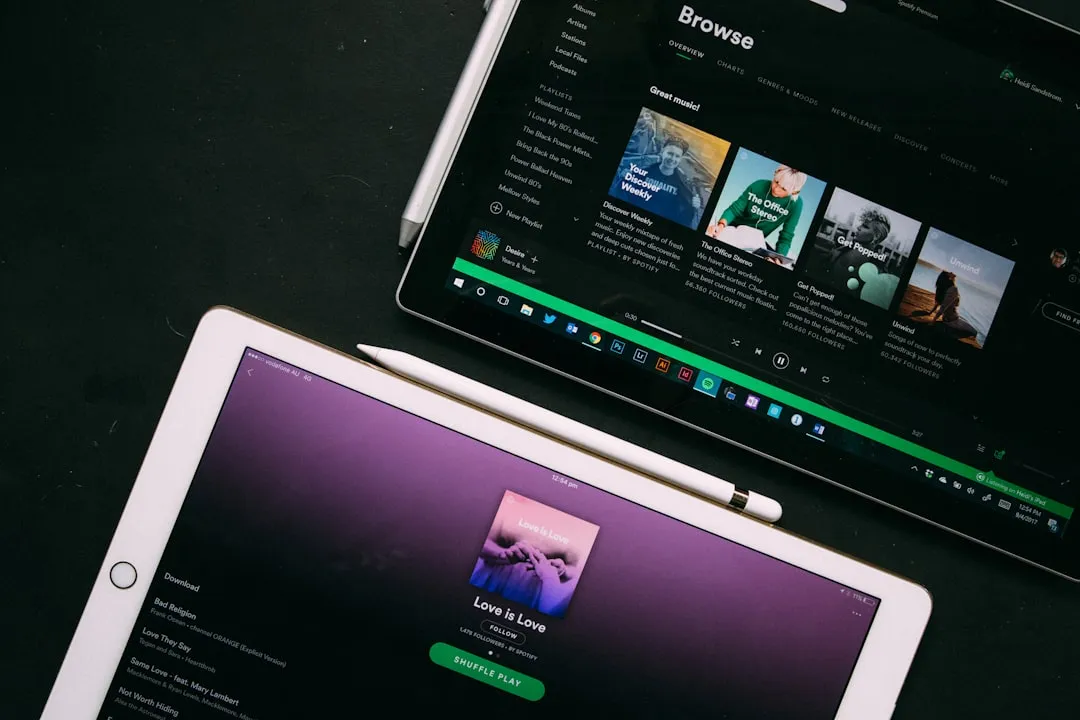


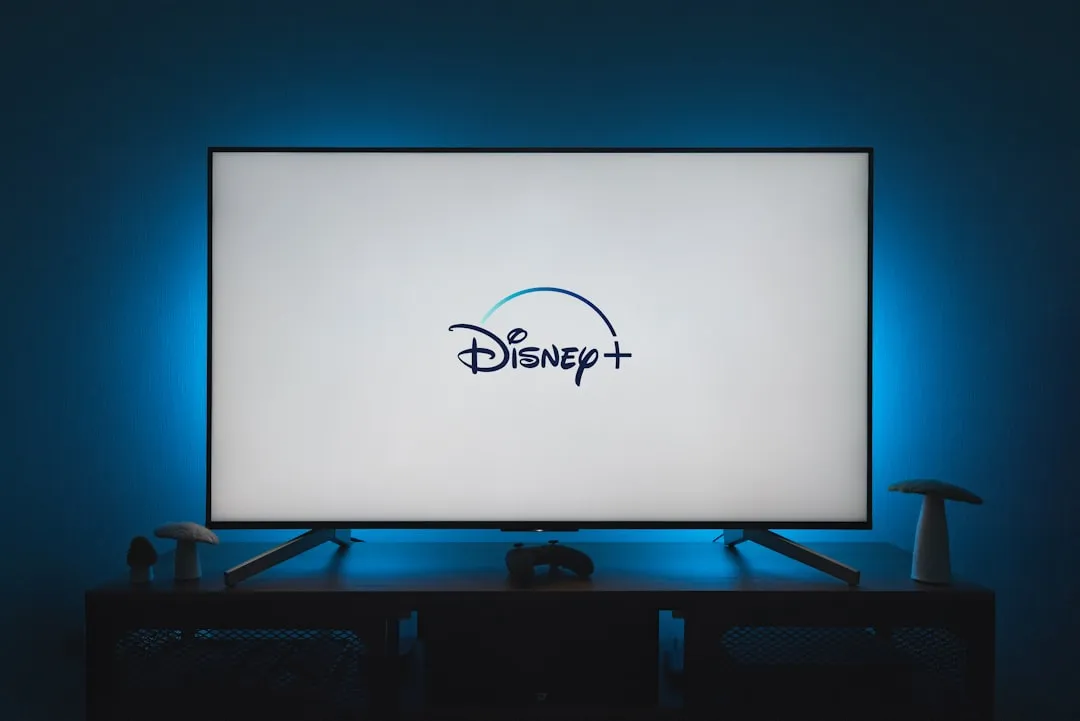





Comments
Be the first, drop a comment!